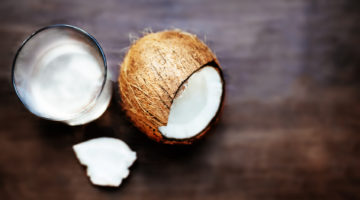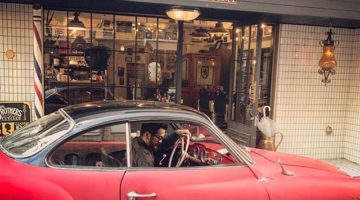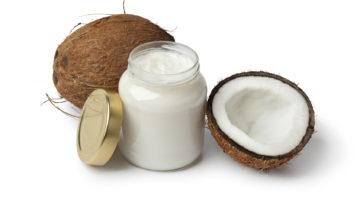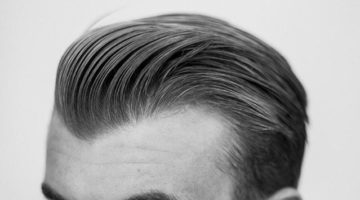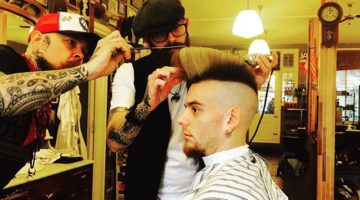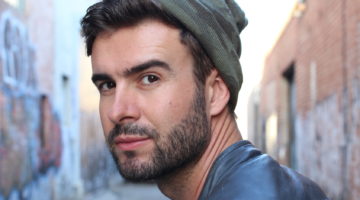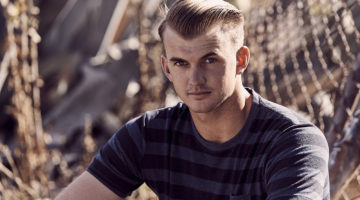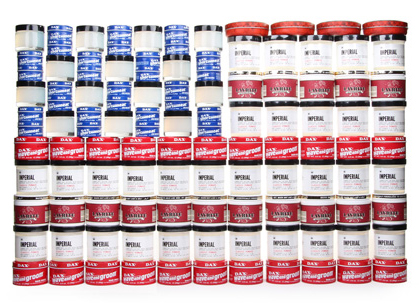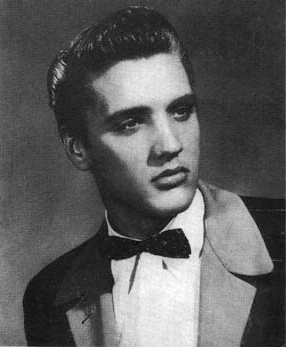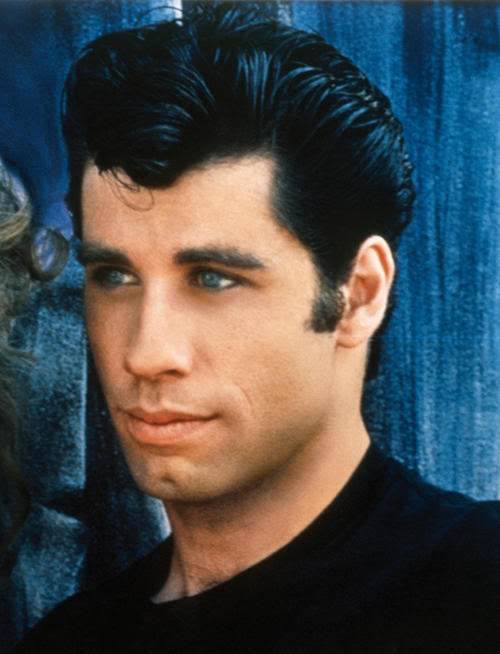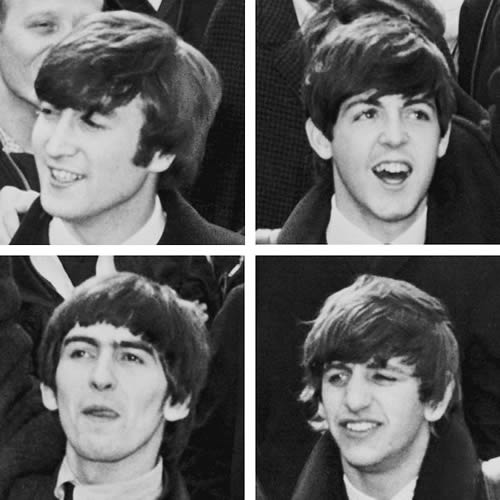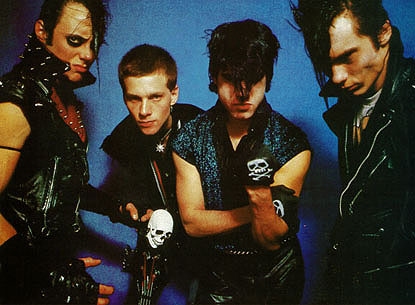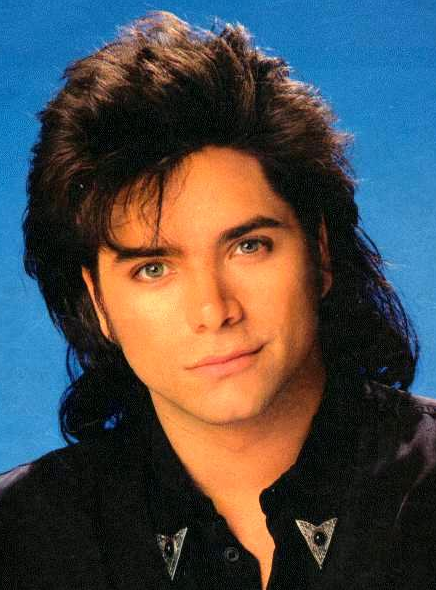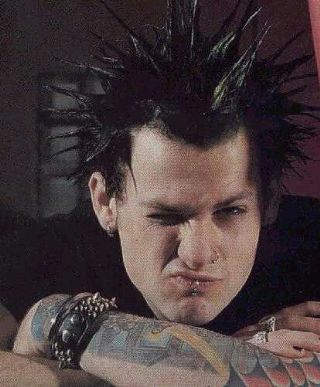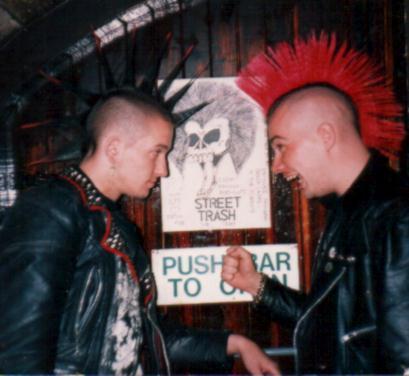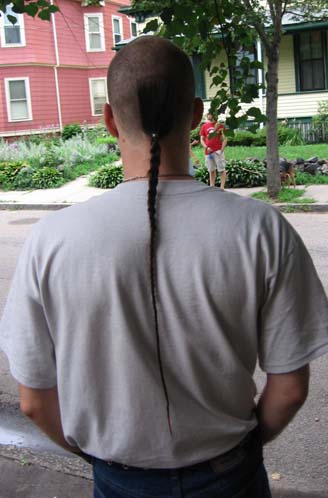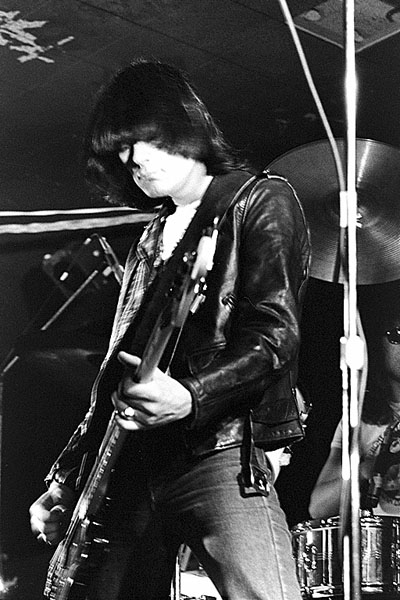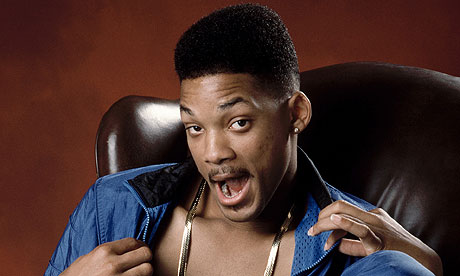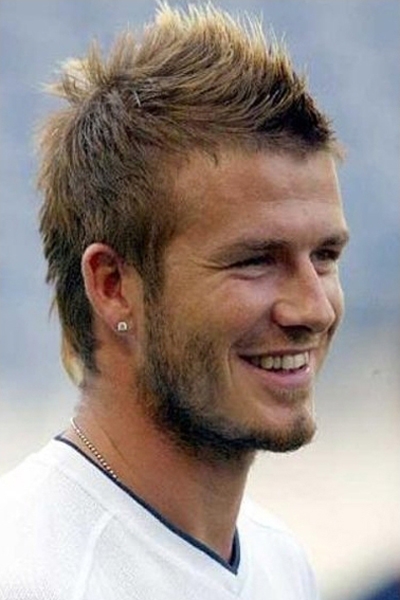Whether you’re grilling up a storm, taking a quick road trip, or just kicking back on the couch for an always welcome TV marathon, all of us at Pomades.com wish you a rockin’ 4th of July! To celebrate, we thought we’d take you back in time to see where all our favorite – and not so favorite – hairstyles originated. Here are some fun facts about the many men’s hairstyles we’ve had over the decades in America:
The Pompadour (1950s) was named after Madame de Pompadour, a mistress of King Louis XV. It was later a key feature of the Gibson Girl look in the 1890s. But it became a hit during the ‘50s thanks to celebrities like Elvis Presley and James Dean, who swore by the look. The female heart palpitations that ensued from Elvis’ cool boy hair – and pelvic thrusts – meant every boy on the block was soon sporting the pomp.
—
The Ducktail (1950s) involves combing the sides flat and leaving the top in slight disarray (symbolic of the greaser’s role in society) or combed into an elephant trunk of sorts. The Ducktail was the official hairstyle of the men of Grease.
While we’re at it, here’s a bit of all-American nostalgia for you – because it is the 4th and all:
—
The Shag (1960s) was made famous by the Beatles and was their signature hairstyle until the ‘70s, when the boys embraced a more psychedelic look.
—
The Devilock (1960s & 1970s) is hair that’s been teased forward and pointed, cascading partially down the face. The style was more of a cult hit when it came out, especially amongst fans of the Misfits.
—
The Mullet’s (1970s & 1990s) philosophy is “business up front, party in the back.” This unfortunate hairstyle is long in the back and short in the front, and almost always associated with bad taste. And we’d rather forget the mullet hybrids, which include the cullet (receding hairline + mullet) and the mullhawk (mullet + mohawk).
—
Liberty Spikes (1980s) are inspired by the mohawk and just as hard to keep, well, up. These counterculture spikes originated with the underground ‘80s punk movement. During that era, Elmer’s Glue found a whole new market.
—
The Mohawk (1980s), the piece de resistance of the ‘80s punk era, actually originated from the Mohawk tribe of Native Americans, who traditionally grew their hair long but shaved off all their hair except for a thin, narrow strip when they went to war. Hybrids include the bihawk, the reverse mohawk (shaved hair in the middle), and the Chelseahawk (a mohawk with bangs or fringe).
—
The Rattail (1980s) is a cropped haircut with a long lock of hair trailing in the back. This tuft of hair can be left alone or treated to dreadlocks or braids. Commonly associated with redneck culture.
—
The Bowl Cut (1980s & 1990s) looks like you’ve placed a bowl over your head and cut everything else off. A favored haircut of Dee Dee Ramone (above).
—
The Hi-top Fade was Fresh Prince-era Will Smith’s style of choice. Flat on top and puffed straight up.
—
The Fauxhawk gives you a punk twist without the full commitment of the mohawk. A short haircut with a slightly taller ridge of hair in the center, the fauxhawk is a common hairstyle that has been seen on the likes of David Beckham.
—
What style are you digging the most? Let us know in the comments below!
PHOTO CREDITS (TOP TO BOTTOM): Wikipedia, Hair Loss Geeks, Midlife Crisis Hawaii, Magnetic State, VaViper, Men’s Hairstyles Online, Wikipedia, Wikipedia,
“Dee Dee Ramone” by Michael Markos – http://www.flickr.com/photos/36090281@N03/3691504312/in/set-72157621002812768/. Licensed under CC BY-SA 2.0 via Wikimedia Commons, Dynomind, Hairstyle Design.

